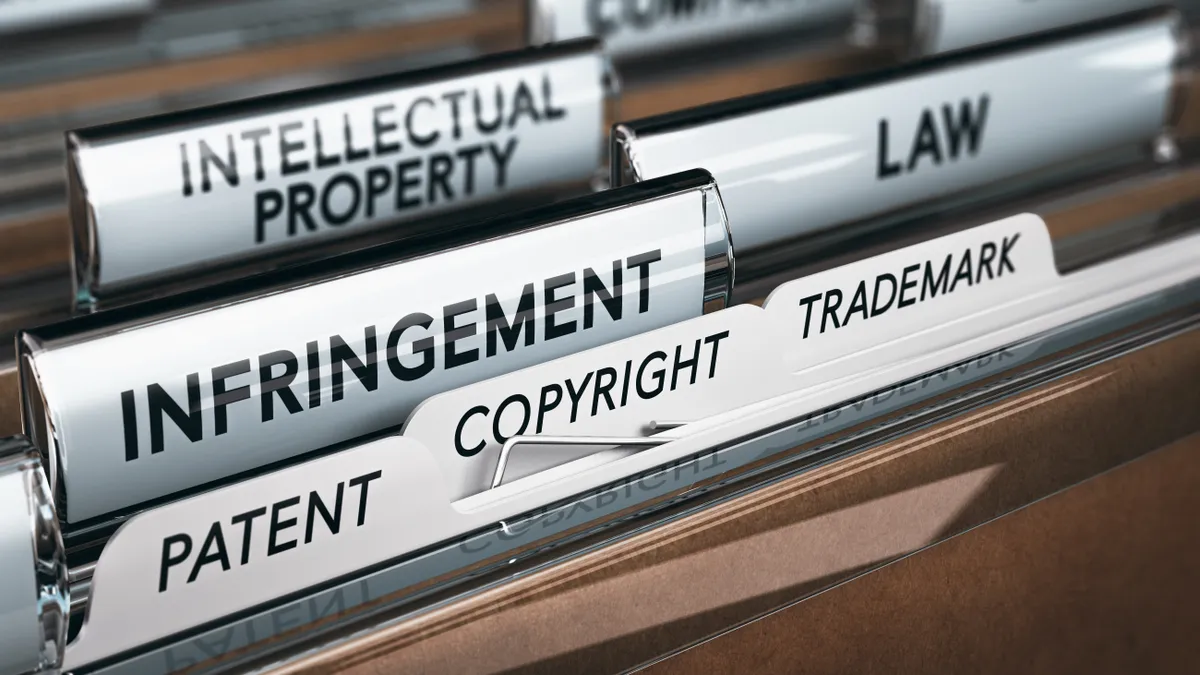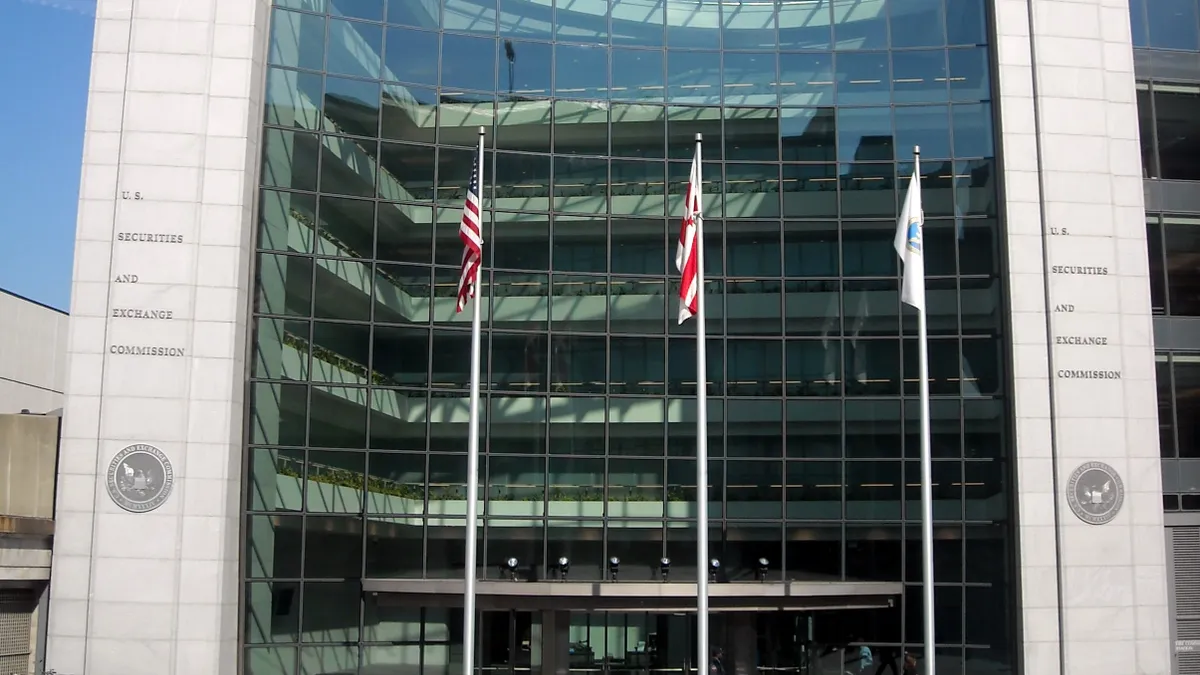General counsel face a balancing act to protect their company’s intellectual property without putting off partners with new and nonstandard confidentiality obligations, legal specialists say.
Companies that license another company’s intellectual property and in turn make it available to third-party end users could balk at a deal if they’re expected to sign a license agreement with unique or complex confidentiality language, says King & Spalding Partner Jill McWhirter.
For the company that owns the intellectual property, though, failing to take reasonable measures to protect their intellectual property from third-party end users could leave them vulnerable to the loss of a precious trade secret and the marketplace advantage that goes with it.
That makes it imperative the company with the trade secret work closely with the companies that want to license their technology on how to cover third-party end users in the licensing agreement.
“Licensors urgently seek to define end-user access as rigorously as possible,” McWhirter says in a Law360 article she wrote with King & Spalding Senior Associate Kevin Duffy and Associate Zev Beeber. “In turn, licensees must ensure that they receive the breadth of license required for their business objectives.”
Loss of market advantage
A ruling in March by the U.S. Court of Appeals for the Second Circuit affirming the lower court decision in Turret Labs v. CargoSprint shows the consequences to companies that don’t get the license agreement language right.
Turret faces a loss of its marketplace advantage now that it’s on the losing end of a lawsuit against CargoSprint for allegedly misappropriating its technology.
Turret licensed its air cargo ground handling technology to Lufthansa Cargo Americas, which in turn licensed it to CargoSprint, a digital solutions provider for simplifying the payment process for freight forwarders and cargo facilities.
Upon gaining access to the license to Turret’s technology, called Dock EnRoll, which allows for the payment of fees and scheduling of shipments based on synchronized realtime U.S. Customs release notifications, CargoSprint was alleged to have created its own version of the program but that was later dismissed, according to CargoSprint CEO Joshua Wolf.
Turret Labs, which had included measures in its license agreement with Lufthansa to limit third-party access to its technology, sued CargoSprint under the Defend Trade Secrets Act of 2016 and common law misappropriation of a trade secret.
But its protective measures were insufficient to support Turret’s claim of trade secret misappropriation, the court ruled.
“Neither Lufthansa nor its third-party freight forwarders were under any specific contractual obligation to Turret Labs to maintain the confidentiality of Dock EnRoll,” McWhirter says of the court’s decision. “Absent such obligations, Turret Labs failed to take reasonable measures to maintain confidentiality of Dock EnRoll's functionality, and so Dock Enroll did not qualify for trade secret protection.”
Risk of over-reaction
For companies faced with the potential loss of their intellectual property from third-party end users, there might be a temptation to use unique or complex confidentiality language in their license agreements but companies wanting to license the technology might balk at that.
“Licensees may be resistant to new and nonstandard confidentiality obligations,” McWhirter says.
A better approach is for the companies with intellectual property to protect to first identify the universe of parties that could be permitted access to the trade secret and then write language that defines the confidentiality obligations of each recipient of the asset and that circumscribes the information flow beyond the identified set.
Companies that want to license the technology should go through the same exercise and identify third parties at the outset of the license relationship to list as end users when negotiating the license agreement.
If this is done, it won’t be necessary to include nonstandard or complex language about confidentiality in the agreement, McWhirter says.
“It follows that whoever is granted access — both the licensee and third parties alike — should be contractually obligated to the licensor to maintain the information's secrecy,” she writes in the article. “Absent explicit obligations, the receiving party is under no obligation to maintain secrecy, and trade secret protection ceases.”
Protective measures
Once the universe of users is identified, how the actual confidentiality language is drafted would be based on the nexus between the protective measures and the nature or type of the trade secret itself, what McWhirter calls “context-appropriate protections.”
In the case of Turret Labs, the trade secret consisted of the technology’s functionality, an intangible asset, so a reasonable protective measure would have been to require end users to maintain that functionality in confidence.
Companies that want to license the technology can work with the licensor to figure out what those measures look like in practice. “Licensees can both suggest best practices and mitigate the risk of agreeing to nonstandard measures,” McWhirter says.
Once both the universe of users and the protective measures are identified, the license agreement can be conditioned on the licensee agreeing to a few basic provisions, including only disclosing confidential information to the limited group of third parties and that those third parties agree to confidentiality obligations that are no less restrictive than what’s in the license itself.
There can be other provisions included, such as the licensee assuming liability for any breach of confidentiality by the end users.
The Turret Labs case, McWhirter says, “is a cautionary tale for licensors and licensees of trade secrets. It illustrates how an IP asset holder, despite having taken certain measures to limit third-party access, can still become subject to the loss of a precious trade secret — and marketplace advantage.”
But by identifying end users upfront and setting protective measures that make sense for the nature of the intellectual property, companies can protect themselves, she says.
[Editor’s note. In an earlier version of this piece, CargoSprint was described as a “freight forwarder that arranges for the storage and shipping of merchandise on behalf of shippers.”]



















